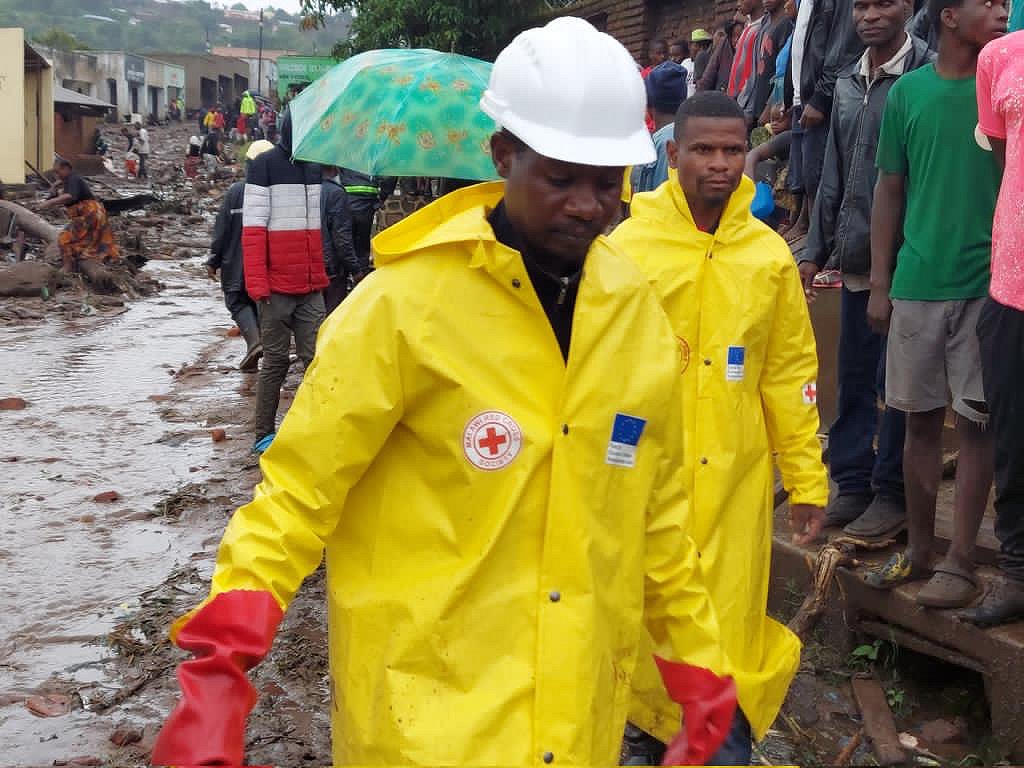
Last year’s Cyclone Freddy enters history books as longest-lived storm

By the Climate Centre
Tropical Cyclone Freddy – which last year travelled a third of the world’s circumference in just over a month and embodied the atmospheric energy equal to an entire North Atlantic hurricane season – has set a new world record for the longest-lived cyclone.
An international scientific team from the World Meteorological Organization recognized TC Freddy’s duration of 36 days while at least at official tropical-storm status as breaking the previous record of just under 30 days set by Cyclone John in the Pacific in 1994, the WMO announced today and as expected last year.
Freddy crossed the Indian Ocean from the coast of north-west Australia to southern Africa last February and March, causing very major human and economic losses in several countries, with Malawi by far the worst affected in terms of deaths and injuries, as well as Madagascar and Mozambique.
Precisely, in terms of distance, the WMO analysis showed Freddy travelled 12,785km as a tropical storm or greater – 33 per cent of the Earth’s circumference – a close second to TC John which covered just over 13,000km.
By the end of March, IFRC-DREF had allocated 2.3 million Swiss francs to support Red Cross response in Madagascar, Malawi and Mozambique in the aftermath of Freddy; the IFRC issued an emergency appeal for 6 million CHF to cover 160,000 people in Malawi.
‘A third of the world’s circumference and the atmospheric energy of an entire
North Atlantic hurricane season’
Last August, the UN in Malawi told a government after-action review that the storm’s timing “could not have been worse – in the midst of the deadliest cholera outbreak in Malawi’s history, during a national macro-economic crisis, and just before the harvest of crops essential to maintaining the country’s food security.”
At that point, the Malawi government said 679 lives had been lost and 537 people were still missing, with more than 2,00,000 affected; nearly 200 people died in Mozambique.
TC Freddy arrived in southern Malawi on 13 March, but “from 8 March, key anticipatory early actions were activated by partners such as the Malawi Red Cross Society,” the August review said. An emergency operations centre was activated on 11 March with staff deploying ahead of the cyclone, it added.
Chris Velden, a member of the WMO team that analysed the statistics on Freddy and a cyclone expert at the University of Wisconsin, today described Freddy as “a remarkable tropical cyclone, not only for its longevity but also for its ability to survive multiple land interactions”.
The full analysis on Freddy appears in the Bulletin of the American Meteorological Society.
Malawi Red Cross volunteers checking on local communities last March in the immediate aftermath of Cyclone Freddy’s arrival in the south of their country. (Photo: MRC via IFRC)